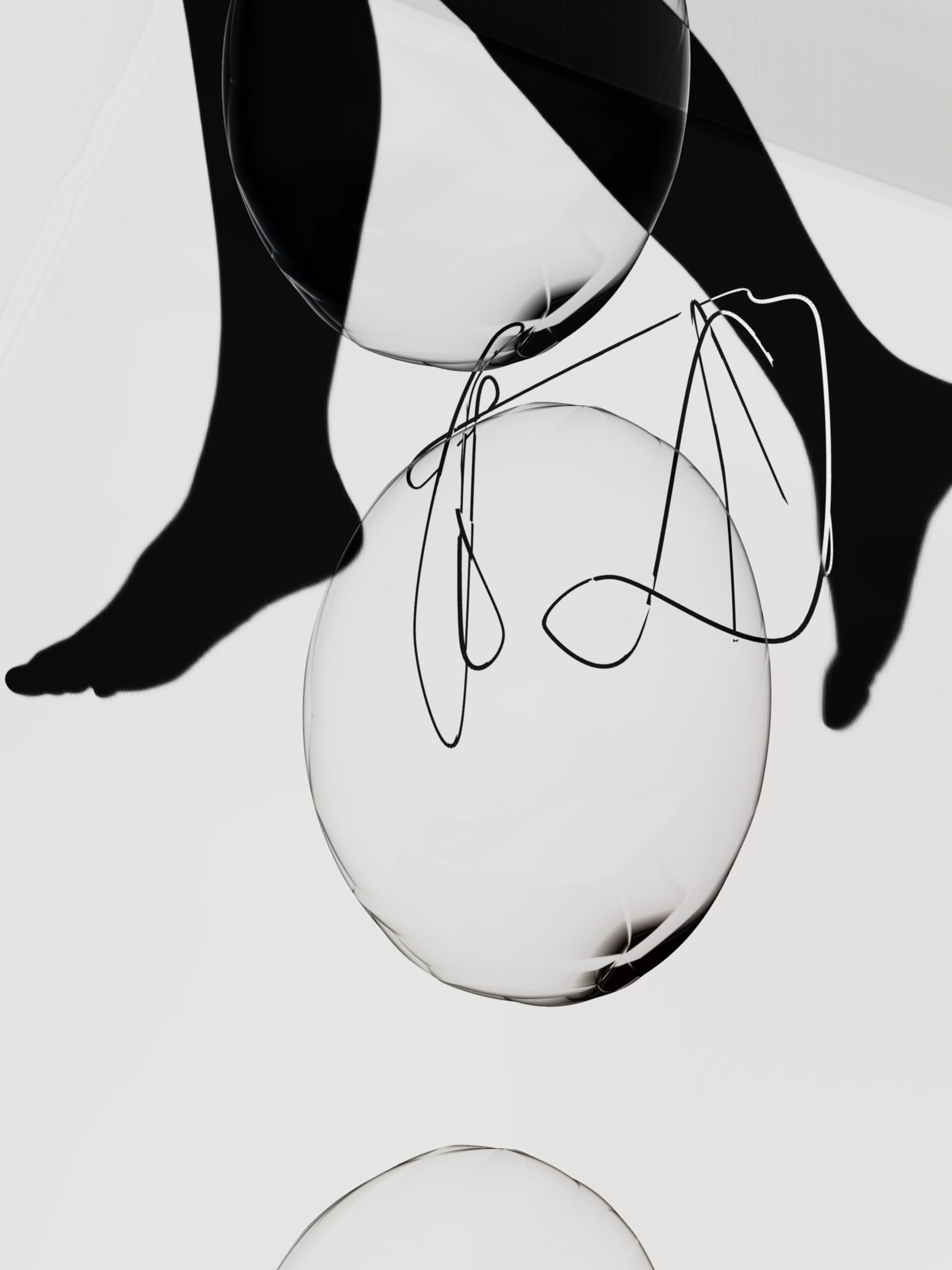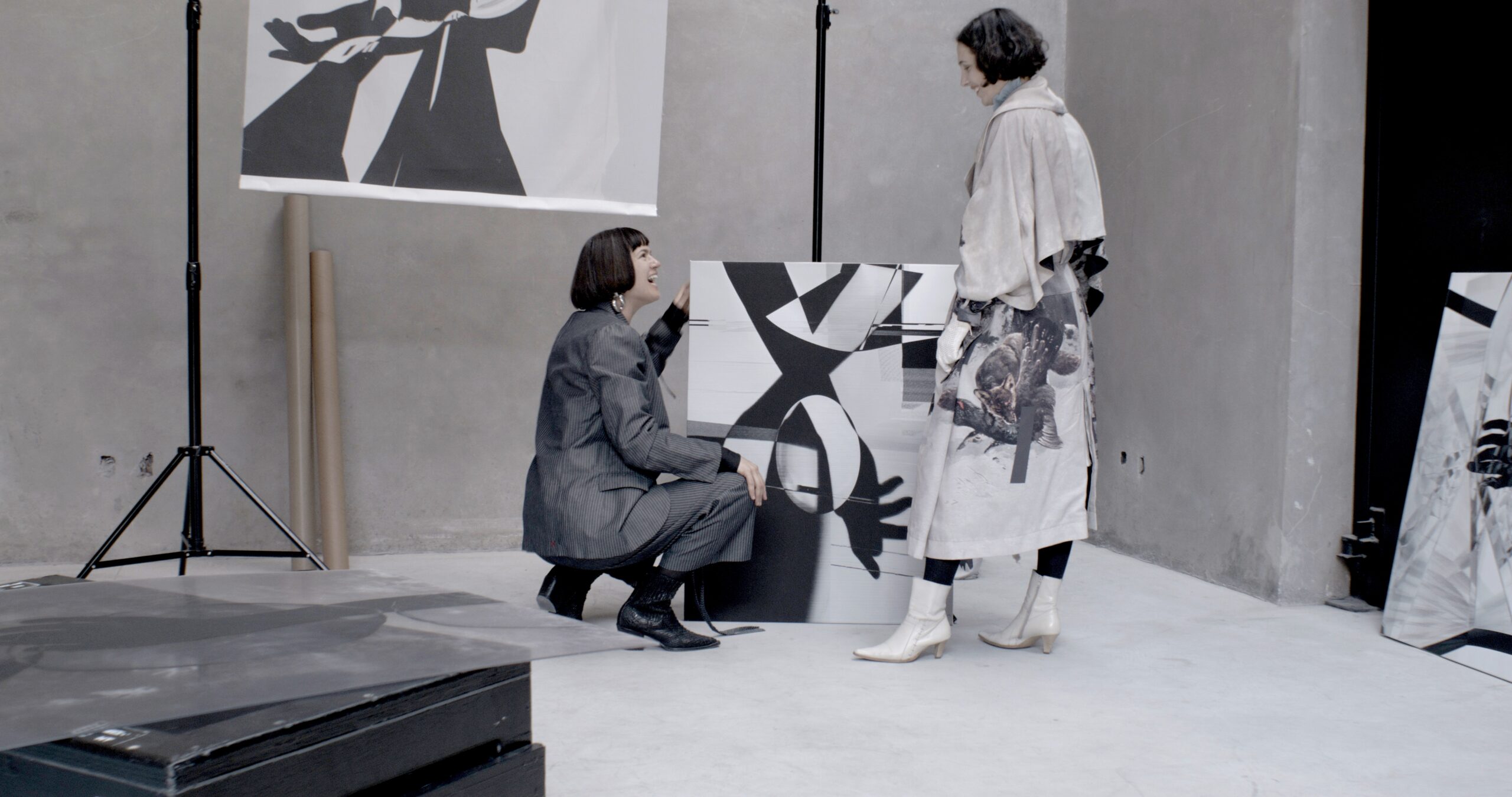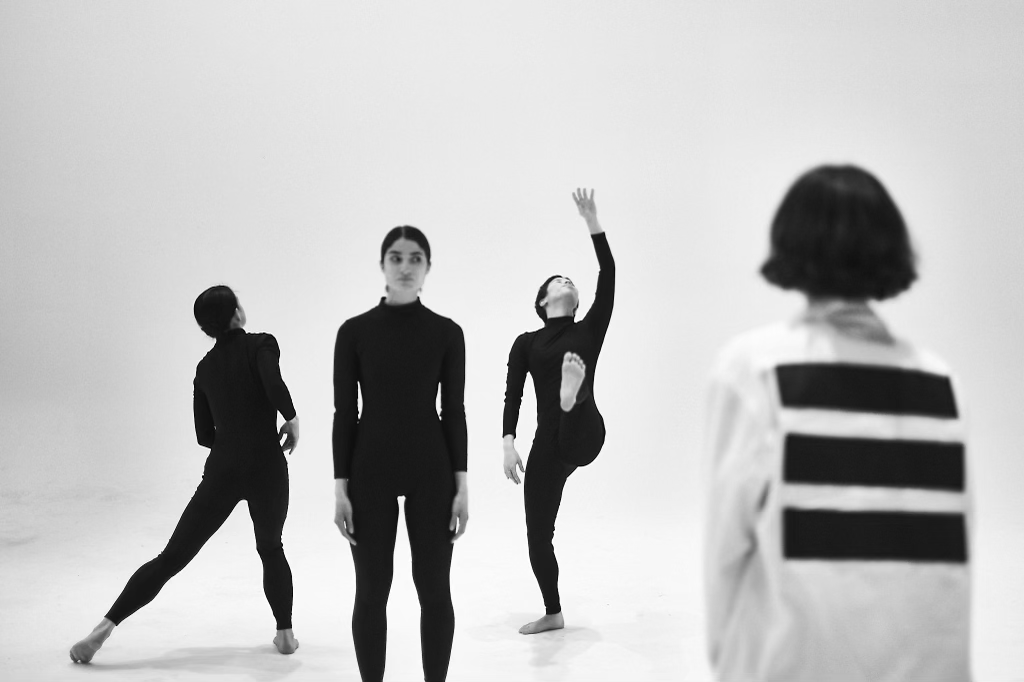NFT
On Wednesday, prominent generative digital art collective Art blocks will debut its latest curated series,”humanly illegible”– a conceptual choreography work in three acts with both on-chain artwork and physical experiences.
The project, courtesy of Ania Catherine and Dejha Ti, the Berlin-based artist duo collectively known as Operator—will consist of 400 Ethereum NFT artwork created by dance.
While that descriptor may sound flowery, it’s quite literally true in this case: Catherine and Ti have devised a coding language that translates sequences of human movements into what they call choreographic hashes—code that defines the appearance of a piece of digital art.

A “humanly illegible” piece. Image: Operator
In the same way that other Art Blocks projects are automatically generated when punched through a series of coded parameters,”humanly illegible” will be generated by automated combinations of dance moves that will yield hundreds of unique works of art.
The series, which will be available for sale on Art Blocks via the Dutch auction on Wednesday afternoon, is not Catherine and Ti’s first foray into the blockchain. The two artists, who are married, previously released “Let me check with the wife,” an NFT-based marriage certificate that toyed with the idea of utility by contractually requiring holders to do (or give) something to the artists every year. ) on their wedding day.
Humanly illegible, however seems to represent a new combination of the duo’s respective concentrations. Catherine is a choreographer and performance artist; Ti is a technologist and immersive artist who focuses on the relationships between humans and computers.

Image: Operator
Of “illegible,” the duo, according to Catherine, want to explore the tension between privacy and transparency represented by the blockchain, and the way the human touch can often be hidden in digital environments.
To that end, while the first act of the project – the 400 digital artworks – initially appears to consist of fairly standard two-dimensional stills, those NFTs will evolve soon after to reveal the humanity that lies beneath.
The end of June “humanly illegible” holders can unlock secondary NFTs, soul-bound to their originals, that reveal the precise sequence of dance moves used to shape and create the original artwork.
For the project’s grand finale, Catherine and Ti will then produce a compelling dance performance at an as-yet-unnamed cultural institution, comprising the exact choreography underlying the first 100″humanly illegible” NFTs minted. All holders are invited to attend the event.

Catherine coordinates a rehearsal of dances based on “Human Unreadable” choreography hashes. Courtesy: Operator
However, even holders whose NFTs are not depicted during that performance may as well portray their secondary choreographic score NFTs themselves to bring their pieces to life.
“Collectors won’t just have the artwork or printed moving score on their wall,” Ti said Decrypt. “[Any] collector can give [the sequences] to a dancer or a choreographer, and have it performed themselves… they will really own this piece of choreography.”
The evolution followed by “Humanly illegiblethen – from the purely digital to the synergy of human movement and digital production, all the way to the immersive and physically accessible – could be considered the core of Catherine and Ti’s views on blockchain-based art. But despite the Web3 native Due to the nature of that thesis, Catherine and Ti do not consider themselves Web3 artists.
“We’re not loyal to any particular technology,” Ti said Decrypt. “The fidelity is to the concept of the work itself. In this case, it had to be blockchain technology, not only as a method of distribution, but also as part of the medium of the work.”
Despite that technological agnosticism, Ti and Catherine have long shared an affinity for crypto art. In 2018, the duo began showcasing their projects at crypto events, despite the fact that those works had nothing to do with the blockchain. Something in the emerging, rebellious and frenetic crypto art scene fused with Catherine and Ti’s artistic experimentation, and the duo was welcomed with open arms.
“The crypto art world was all outsiders,” Catherine shared Decrypt. “And what we did, we were outsiders.”
“That spirit is still there,” Ti added. “Obviously it’s watered down now. But there is still a core community.”

